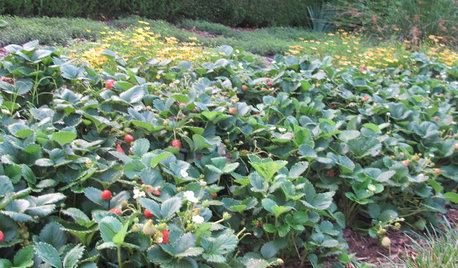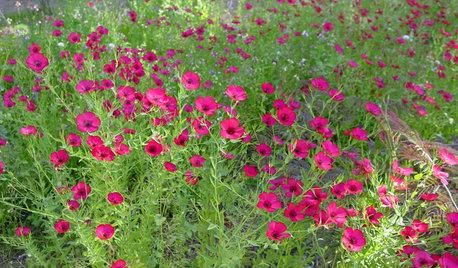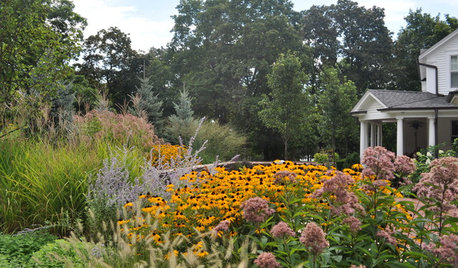Fertilizer Timing
mop708
10 years ago
Related Stories

GARDENING GUIDESGet on a Composting Kick (Hello, Free Fertilizer!)
Quit shelling out for pricey substitutes that aren’t even as good. Here’s how to give your soil the best while lightening your trash load
Full Story
GARDENING GUIDES7 Ecofriendly Gardening Ideas That Also Cut Chore Time
Spend less time weeding, less money watering and more moments just sitting back and enjoying your healthy garden
Full Story
EDIBLE GARDENSWhy Grow Quince? For Beauty, Fragrance and Old-Time Flavor
Delightfully perfumed fruit and lovely spring blossoms make this apple and pear cousin worth a spot in the garden
Full Story
LANDSCAPE DESIGNIs It Time to Consider Fake Grass?
With more realistic-looking options than ever, synthetic turf can be a boon. Find the benefits and an installation how-to here
Full Story
GARDENING GUIDESHow to Switch to an Organic Landscape Plan
Ditch the chemicals for a naturally beautiful lawn and garden, using living fertilizers and other nontoxic treatments
Full Story
GARDENING GUIDES5 Prairie Wildflowers That Can Heal Your Soil
Get free, organic soil fertilizer with nitrogen-pumping plants that draw pollinators too
Full Story
REGIONAL GARDEN GUIDESSoutheast Gardener's September Checklist
Fertilize strawberries, plant a tree or two and beckon hummingbirds to your Southern garden this month
Full Story
GARDENING GUIDESSouthwest Gardener's August Checklist
Manage monsoon effects, remember to fertilize and don't let the heat deter you from planting for fall
Full Story
GARDENING GUIDESPacific Northwest Gardener: What to Do in September
Put in cool-weather veggies, fertilize your lawn and tidy the garden this month before chilly weather arrives
Full Story
GARDENING GUIDES10 Easy Edibles for First-Time Gardeners
Focus on these beginner-friendly vegetables, herbs, beans and salad greens to start a home farm with little fuss
Full Story







andy10917
dchall_san_antonio
Related Professionals
Essex Landscape Architects & Landscape Designers · Folsom Landscape Architects & Landscape Designers · Glendora Landscape Architects & Landscape Designers · Saint Matthews Landscape Architects & Landscape Designers · Brentwood Landscape Contractors · Milford Landscape Contractors · Berwyn Landscape Contractors · Dixon Landscape Contractors · Dudley Landscape Contractors · Harvey Landscape Contractors · Olympia Landscape Contractors · West Haverstraw Landscape Contractors · Lauderdale Lakes Landscape Contractors · Lake Forest Swimming Pool Builders · Orangevale Swimming Pool Buildersthe_yard_guy
mop708Original Author
grass1950
dchall_san_antonio
maplerbirch
grass1950
maplerbirch
dchall_san_antonio
maplerbirch